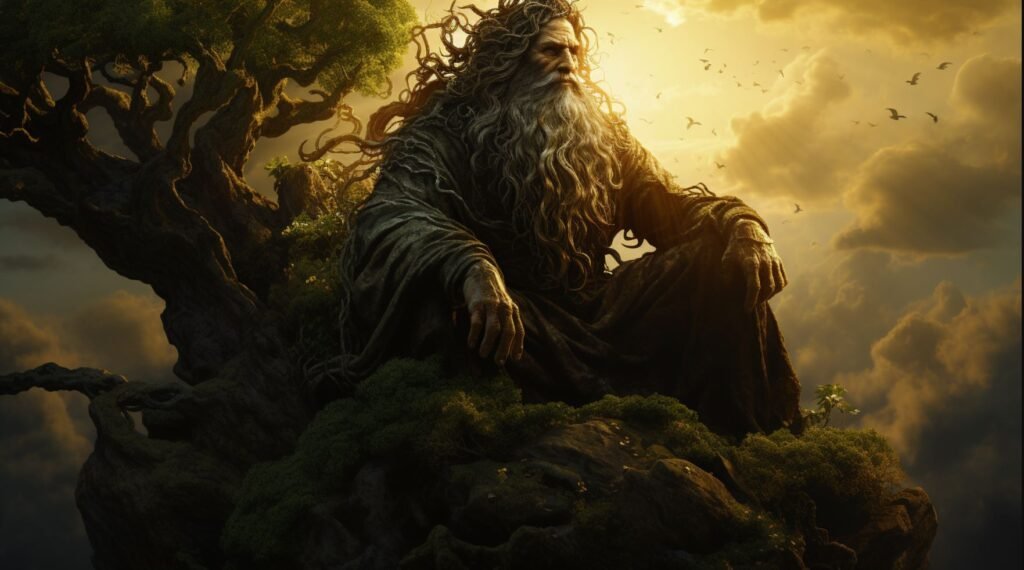
In this section, we will introduce the reader to the topic and provide an overview of Cernunnos, the Celtic and Gallo-Roman horned god. We will mention his association with certain animals and describe some of the common representations and attributes of this deity.
Ancient Celtic and Gallo-Roman Religion
In this subsection, we will explore the ancient Celtic and Gallo-Roman religion in which Cernunnos was worshipped. We will briefly explain how this religion was rooted in nature and the gods and goddesses associated with it.
Cernunnos: The Horned God
This section will focus exclusively on Cernunnos as the primary deity of interest. We will explain his association with stags, horned snakes, dogs, and bulls. We will describe his physical appearance, including his antlers and his traditional seated lotus posture. We will also mention the objects he can hold or carry, such as a torque, a bag of coins, or a cornucopia.
The Meaning and Role of Cernunnos
In this subsection, we will discuss the meaning and role of Cernunnos in Celtic and Gallo-Roman culture. Since there are no surviving myths or religious practices, interpretations will vary. We will mention how he has been seen as a god of nature and fertility, as well as a god of travel and commerce. We will provide examples of evidence, such as inscriptions on ancient objects, to support these interpretations.
Cernunnos Iconography and Symbolism
In this section, we will explore the common representations and iconography associated with Cernunnos. We will mention the animals that are often depicted alongside him, such as stags, bulls, dogs, and rats. We will also discuss his titles, such as “The Lord of Animals” or “The Lord of the Wild Things,” and his association with shamanism and fertility.
Examples of Cernunnos Depictions
In this subsection, we will present concrete examples of artistic representations and ancient objects that show the image of Cernunnos. We will mention famous examples, such as the Pillar of the Boatmen and the Gundestrup Cauldron, as well as ancient coins. We will also mention Cernunnos’ presence in a 9th-century Christian manuscript, the Stuttgart Psalter.
Relationship with Roman Pantheon and Other Deities
In this subsection, we will discuss the lack of mentions of Cernunnos in Roman ethnography and his lack of a clear equivalent in the Roman pantheon. However, we will mention comparisons made by some scholars between Cernunnos and Greek and Roman divine figures, such as Mercury, Acteon, specialized forms of Jupiter, and Dis Pater. We will also mention the possible connection between Cernunnos and Saint Ciarán of Saighir, one of the Twelve Apostles of Ireland.